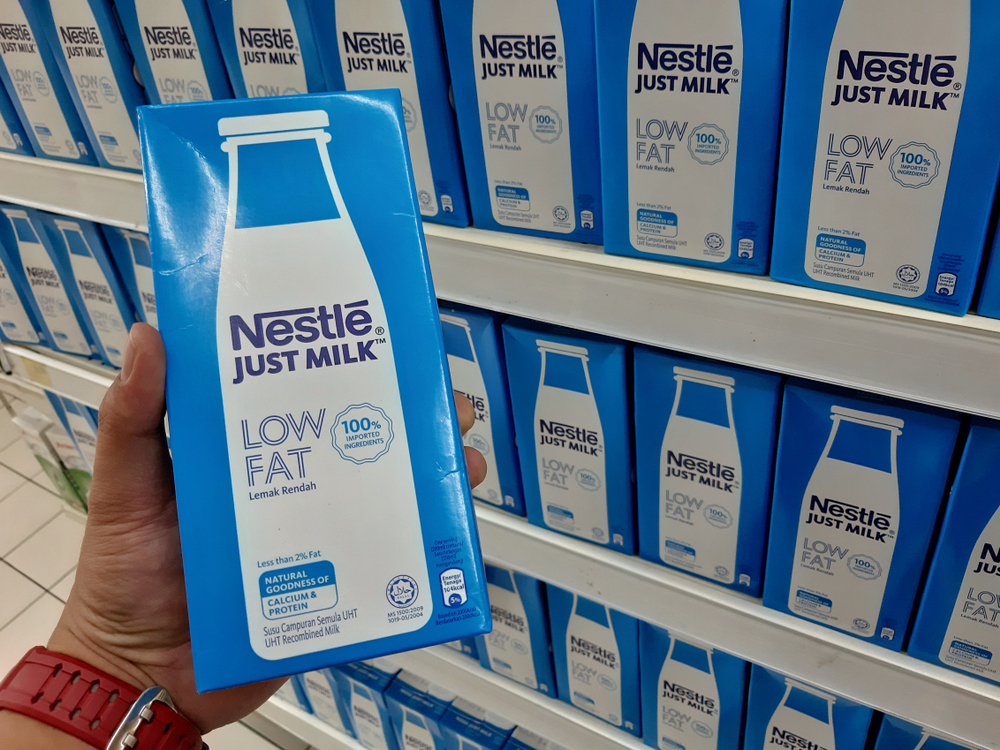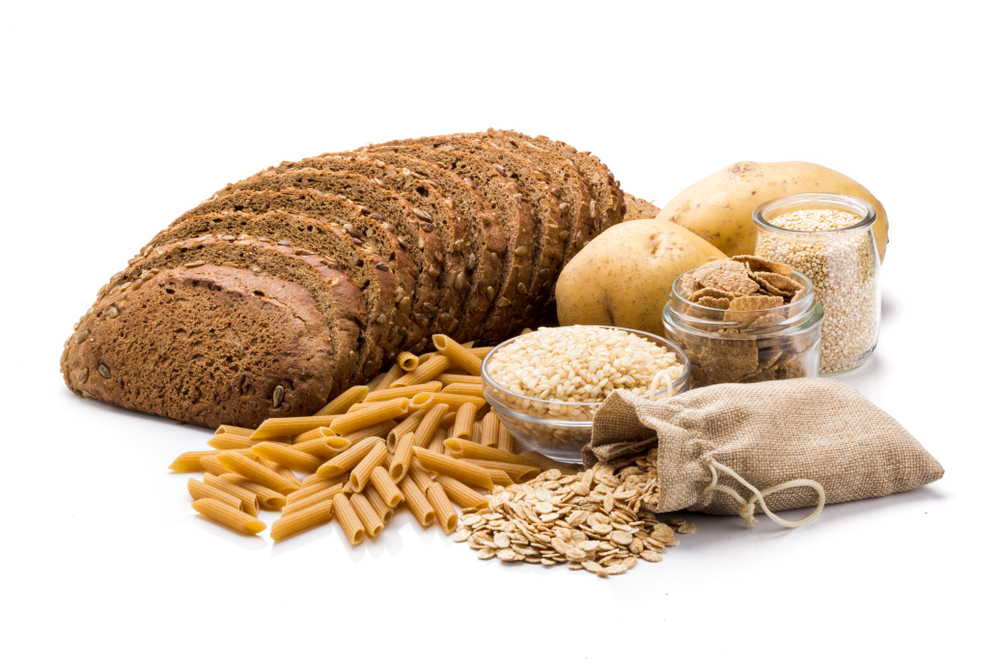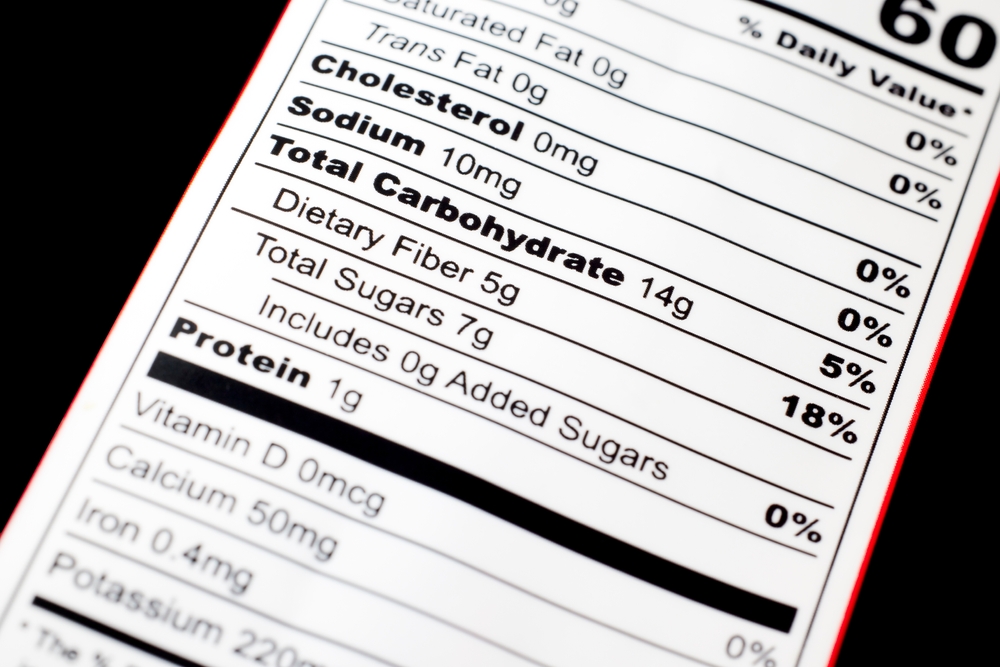In today’s world, it’s becoming increasingly difficult to find nutrient-rich foods due to the growing dominance of processed, low-nutrient options. With farming practices changing, food availability shifting, and mass production taking over, we need to be strategic in how we shop and eat to maintain a healthy, nutrient-dense diet. But don’t worry—there are still ways to make smarter food choices. Here are 13 practical strategies that will help you shop and eat smarter, even in a world where nutrient-rich food is on the decline.
1. Shop Local And Seasonal

Buying local, seasonal produce is one of the best ways to access fresh, nutrient-rich food. Local farmers typically grow their crops in ways that preserve nutrients and are less likely to use chemical fertilizers or pesticides. Additionally, seasonal produce tends to be fresher and packed with more vitamins as it hasn’t traveled long distances. According to Adventist Health, eating seasonal produce ensures higher quality, better taste, and fewer harmful chemicals compared to out-of-season alternatives.
Seasonal foods are also more affordable because they are abundant and in peak supply. By choosing fruits and vegetables that are in season, you’re not only supporting local farmers but also getting the best quality produce. Make a point to explore what’s in season in your area, and experiment with new recipes to make the most of what’s available. This practice not only benefits your health but also the environment by reducing the carbon footprint of your food.
2. Focus On Whole Foods Over Processed Foods

One of the easiest ways to ensure you’re getting more nutrients is by focusing on whole foods instead of processed ones. Whole foods, like fruits, vegetables, nuts, and grains, are naturally nutrient-dense and free from the added sugars, preservatives, and unhealthy fats commonly found in processed foods. By choosing these options, you’re not only getting more vitamins and minerals but also avoiding unnecessary chemicals and additives. According to Operation Red Wings Foundation, whole foods are packed with essential nutrients that support overall health, while processed foods often lack these benefits. Try to fill your cart with fresh produce and whole grains and limit pre-packaged, processed options as much as possible.
What’s great about Whole Foods is that they’re typically more satisfying, too. They have higher fiber content, which helps with digestion and keeps you full longer. By choosing whole foods, you can maintain better energy levels throughout the day and avoid the blood sugar crashes that often come with processed snacks. It’s a small shift in your shopping habits that can make a big difference in your health.
3. Learn About Nutrient Density

When shopping for food, it’s important to prioritize nutrient-dense options—those that provide the most vitamins, minerals, and antioxidants per calorie. Nutrient-dense foods, such as leafy greens, berries, and fatty fish like salmon, should take center stage in your diet. Learning which foods are nutrient-dense can help you make smarter choices in the store and ensure you’re getting the most out of every meal. According to the American Heart Association, nutrient-dense options like whole grains and vegetables provide essential nutrients without added sugars or unhealthy fats.
One surprising fact is that nutrient-dense foods are often less expensive than you think. While organic items may be more expensive, regular produce like spinach, carrots, and sweet potatoes is incredibly rich in nutrients and often quite affordable. By focusing on these foods, you can get the most nutrients for your money while avoiding empty-calorie junk food. This approach helps ensure you’re fueling your body properly without overspending on trendy health foods.
4. Avoid “Low-Fat” And “Fat-Free” Labels

Many processed foods marketed as “low-fat” or “fat-free” often make up for the lost flavor and texture by adding sugars, artificial flavors, and other unhealthy ingredients. While some fat is necessary for good health, it’s essential to choose healthy fats from sources like avocados, olive oil, and nuts. These healthy fats help your body absorb fat-soluble vitamins, support brain function, and provide long-lasting energy. According to Healthline, healthy fats like unsaturated fats can improve cholesterol levels, reduce inflammation, and support overall health.
What’s particularly concerning about “low-fat” and “fat-free” options is that they often lack the nutrients your body needs to stay full and satisfied. Healthy fats provide satiety and help regulate hunger, so you’re less likely to overeat. Instead of reaching for processed low-fat products, opt for nutrient-dense whole foods that naturally provide healthy fats. You’ll feel more satisfied, and your body will benefit from the healthy fats it craves.
5. Diversify Your Vegetables

Eating a variety of vegetables is key to ensuring you’re getting a broad range of nutrients. Each vegetable offers its own unique set of vitamins, minerals, and antioxidants, so the more colorful and diverse your plate, the better. Leafy greens like kale and spinach are packed with vitamins A, C, and K, while root vegetables like carrots and beets provide fiber and antioxidants. By mixing up your vegetable choices, you’ll get a wider array of nutrients that support different aspects of your health.
What’s even better is that diversifying your vegetables can make meals more interesting and enjoyable. Experiment with new vegetable varieties you haven’t tried before, such as purple cabbage or kohlrabi. You can also try frozen vegetables as a budget-friendly and long-lasting option, which are often frozen at their peak ripeness, preserving their nutrient content. By changing up your vegetable intake, you ensure you’re getting the maximum nutritional benefit while keeping meals exciting and flavorful.
6. Choose Whole Grains Over Refined Grains

Whole grains like brown rice, quinoa, and oats are far more nutritious than their refined counterparts, such as white bread and white rice. Whole grains contain the entire grain, including the bran, germ, and endosperm, which means they retain more vitamins, minerals, and fiber. These nutrients help regulate digestion, stabilize blood sugar, and provide sustained energy. Switching to whole grains over refined grains can have a significant impact on your overall health.
Surprisingly, whole grains are also a great way to feel full longer. The fiber content in whole grains helps keep you satisfied, preventing overeating and unnecessary snacking. By swapping out refined grains for whole grains, you not only improve your nutritional intake but also support your digestive health. Start small by choosing whole grain options for your favorite meals, like whole wheat pasta or brown rice, and gradually make the switch in your diet.
7. Opt For Grass-Fed And Pasture-Raised Meats

If you choose to eat meat, opting for grass-fed or pasture-raised options is a smarter choice for both your health and the environment. Grass-fed meat is richer in omega-3 fatty acids and antioxidants compared to conventionally raised meat. These healthy fats are essential for heart health and reducing inflammation in the body. Pasture-raised meat is also less likely to contain harmful antibiotics and hormones, making it a cleaner and more nutrient-dense option.
Although grass-fed and pasture-raised meats can be more expensive, they provide more nutrients per serving, making them a better long-term investment in your health. Additionally, the ethical and environmental benefits of choosing grass-fed and pasture-raised options are significant, as these animals are raised in healthier conditions. By choosing these meats, you support sustainable farming practices while nourishing your body with higher-quality protein.
8. Grow Your Herbs And Vegetables

If possible, consider growing your herbs and vegetables. Even if you only have a small space or a windowsill, growing food at home can provide you with fresh, nutrient-rich options that are free from chemicals and preservatives. Fresh herbs like basil, parsley, and mint add flavor and nutrients to your meals without added sodium or preservatives. Growing vegetables like tomatoes, peppers, or lettuce can also help reduce your food costs while improving the quality of your diet.
What’s surprising is that growing your food can be therapeutic and rewarding. Gardening offers a chance to reconnect with nature and become more mindful of the food you consume. Plus, homegrown produce is often packed with more nutrients than store-bought varieties, as it’s typically harvested when fully ripe. By growing your food, you gain control over what goes into your body while enjoying the satisfaction of nurturing something from seed to plate.
9. Choose Organic When Possible

While organic food may be more expensive, it’s often worth the investment for your health. Organic fruits and vegetables are grown without synthetic pesticides, herbicides, and fertilizers, which means they contain fewer chemicals that could harm your body. Organic produce is also more likely to have higher levels of nutrients, as the soil it’s grown in is often richer and more biodiverse. If possible, prioritize organic options, especially for produce that you eat frequently or with the skin on, like apples and berries.
What’s encouraging is that buying organic doesn’t always have to break the bank. Start by prioritizing organic options for the foods you consume the most, or look for sales and discounts on organic items. You can also consider joining a co-op or bulk buying group to reduce costs. By choosing organic, you ensure that your food is cleaner and more nutrient-dense, benefiting both your body and the environment.
10. Reduce Your Sugar Intake

Excess sugar consumption has been linked to a wide range of health issues, including obesity, heart disease, and diabetes. One of the smartest ways to shop and eat is by reducing your sugar intake and focusing on natural sources of sweetness, like fruits. Avoid sugary drinks, processed snacks, and desserts, which contribute to weight gain and lower the nutritional value of your meals. By reducing added sugars, you can improve your energy levels and overall health.
What’s surprising is that cutting back on sugar doesn’t mean sacrificing flavor. You can enhance the sweetness of your dishes naturally by adding fruits like berries, apples, or citrus. Spices like cinnamon or vanilla can also add depth and sweetness without the need for refined sugar. By making small adjustments to your eating habits, you can lower your sugar intake and enjoy more nutrient-dense foods.
11. Stay Hydrated With Water And Herbal Teas

Staying hydrated is essential for maintaining overall health, yet many people overlook water as a nutrient source. Water is crucial for digestion, detoxification, and nutrient absorption, and it’s the best choice for keeping your body properly hydrated. Herbal teas, such as chamomile or green tea, are also great options for adding hydration while offering additional health benefits, like antioxidants and calming effects.
Interestingly, drinking enough water throughout the day can also support weight management. Sometimes, feelings of hunger are signs of dehydration, so staying hydrated can help prevent unnecessary snacking. Swap out sugary beverages for water or herbal tea, and you’ll notice improvements in both your energy levels and overall health. Hydration is a simple yet powerful tool in supporting your nutrient-rich diet.
12. Educate Yourself About Food Labels

To eat smarter, it’s crucial to become a savvy label reader. Understanding food labels can help you avoid hidden sugars, unhealthy fats, and artificial additives. Focus on the ingredients list rather than just the marketing on the front of the package. A shorter ingredients list with recognizable, whole food ingredients is usually a better option compared to processed foods that contain long lists of chemicals and preservatives.
What’s surprising is that many foods labeled as “healthy” or “natural” may still be packed with hidden additives. By educating yourself about food labels and learning what to look for, you can make more informed choices that support your health. Knowledge is power when it comes to navigating the grocery store and ensuring you’re getting the most nutritious options available. Start by checking labels carefully and prioritizing minimally processed foods.
13. Plan Your Meals And Snacks

Meal planning is an excellent strategy for ensuring that you eat nutrient-rich food consistently. By planning your meals and snacks, you can avoid the temptation of unhealthy, processed foods when hunger strikes. Planning also allows you to incorporate a variety of whole foods, ensuring that you get all the nutrients your body needs. You can batch cook, pre-cut vegetables, or prepare healthy snacks to have on hand throughout the week.
What’s particularly helpful about meal planning is that it can save you time and money. When you plan, you’re less likely to make impulsive food choices that are unhealthy and expensive. Plus, by cooking in batches, you can make sure your meals are balanced and nutrient-dense. Take time each week to plan your meals, and you’ll be more likely to stick to a healthier eating routine.
Natasha is a seasoned lifestyle journalist and editor based in New York City. Originally from Sydney, during a stellar two-decade career, she has reported on the latest lifestyle news and trends for major media brands including Elle and Grazia.


